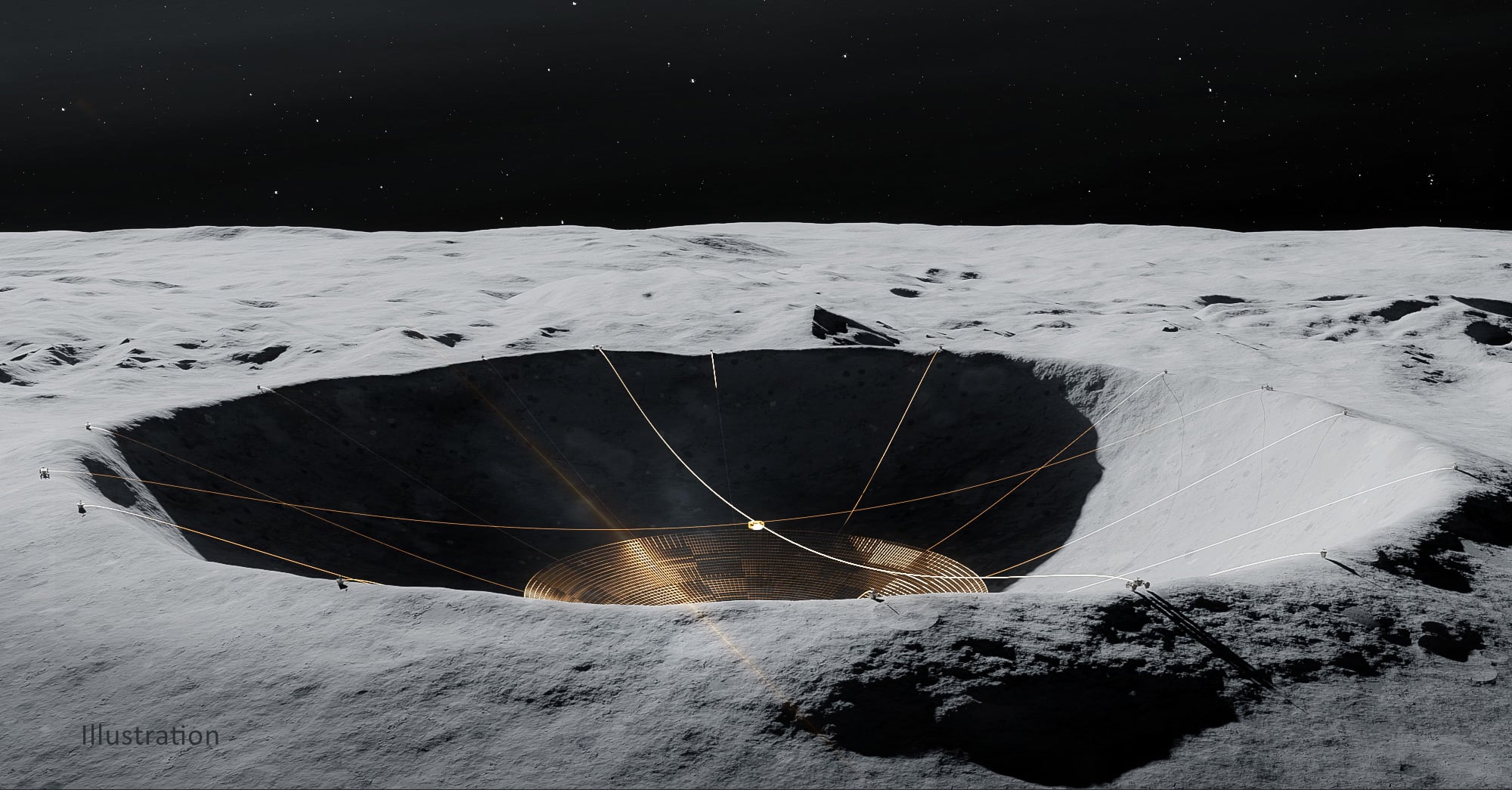The movie "The Dish" tells the wonderful story of how Australian radio communication dishes saved the day as Apollo 11 landed on the Moon, allowing the world to watch in wonder. While the movie isn't entirely accurate, Australia does have a marvelous history of providing tracking and communication with spacecraft on historic missions. The tradition continues with the upcoming landing of the Mars Science Laboratory Curiosity rover when it sets down on Mars on August 5/6 after a nail-biting entry, descent and landing.
The Canberra Deep Space Communication Complex (CDSCC) will be the main tracking station for the landing activities. Its 70-m and two 34-m antennas will receive signals from the spacecraft both directly and then relayed through another NASA spacecraft, Mars Odyssey, in orbit around the Red Planet.
The 64-m Parkes telescope – the one featured in "The Dish" -- will record signals directly from the spacecraft as a backup in case there is a problem with the relaying. But as the spacecraft descends, it will drop below the Martian horizon (and out of direct sight of Earth-based antennas) about two minutes before touchdown, and Parkes will cease receiving its signals.
A third, smaller, antenna managed by the European Space Agency (ESA) at New Norcia near Perth in WA will provide extra redundancy. It will receive signals from the spacecraft recorded and re-sent through ESA's Mars Express satellite, which is in orbit around Mars.
Signals from the Canberra station will be sent directly to mission scientists at NASA's Jet Propulsion Laboratory (JPL) in Pasadena, California. Data from Parkes and New Norcia will be sent later for analysis.
While the landing is not controlled from Earth, as the lag-time in radio signals (13.8 minutes one way) makes any input from Earth impossible, tracking the spacecraft as it approaches Mars is very important.
[caption id="attachment_91623" align="alignnone" width="580" caption="Tracking Curiosity. Image Credit: Glen James Nagle"]
[/caption]
"We are looking forward to receiving and sending that touchdown signal from MSL, so we can help end those '7 minutes of terror' for the amazing scientists and engineers waiting at JPL," said Glen Nagle, Education and Public Outreach Officer at Canberra Deep Space Communication Complex, via email. Nagle took this panoramic image, above, early in December 2011 in Canberra while the dishes were getting their first data from MSL after its launch, so the facility has been an integral part of guiding the spacecraft during its entire journey to Mars.
The last opportunity to send the spacecraft any commands will be two hours before it enters the atmosphere. "After that, it's on its own," said Nagle.
NASA engineers also want to know exactly where the spacecraft enters the atmosphere so they can locate the rover when it lands, and of course, the hopeful rover fans back on Earth will want to find out as soon as possible to know if the landing succeeded or not.
The spacecraft will slam into the atmosphere at 20,000 km per hour. Over the next seven minutes the craft and then its payload must be slowed to essentially zero.
The landing has several stages: cruise, deployment of the entry capsule and then the parachute, separation of the heat shield, and finally the operation of the "skycrane" that will lower the 900-kg rover, Curiosity, onto the Martian surface.
As each stage is successfully completed the spacecraft will send a unique tone indicating that it has occurred.
During the landing, the mission scientists can only watch and wait. They call this time the "seven minutes of terror".
The exact landing time for the spacecraft is determined by several factors, including descent time on the parachute, Martian winds, and any variation how the spacecraft flies under power before the landing. Confirmation of a touchdown signal could be received on Earth at 05:31 UTC on Aug. 6 (10:31 p.m. PDT on Aug. 5 and 1:31 a.m. EDT Aug. 6, 3.31 pm AEST Aug. 6) plus or minus a minute.
Winds could mean that descent time on the parachute is longer, but at this time of year on Mars the weather is very stable and is not expected to cause any problems.
If the final set of tones is not heard, Mars Odyssey will listen for them again when it orbits over the landing site 1.5 hours later.
"The expertise of Australian personnel in space communications and CSIRO's partnership with NASA will be showcased during this critical event in the Mars Science Laboratory's mission," says Chief of CSIRO Astronomy and Space Science, Dr. Phil Diamond. "All of our technology and our people are ready."
And so are all the rover fans back on Earth!
Read more about what it has taken to navigate MSL all the way to Mars at our previous article, "
How Will MSL Navigate to Mars? Very Precisely
."
And here's another previous article
about how we really watched the footage from the Apollo 11 Moon landing, thanks to the Australian radio dishes.
Lead image caption: The 70-m antenna at the Canberra Deep Space Communication Complex. (Credit: CDSCC)
source: CSIRO
 Universe Today
Universe Today
